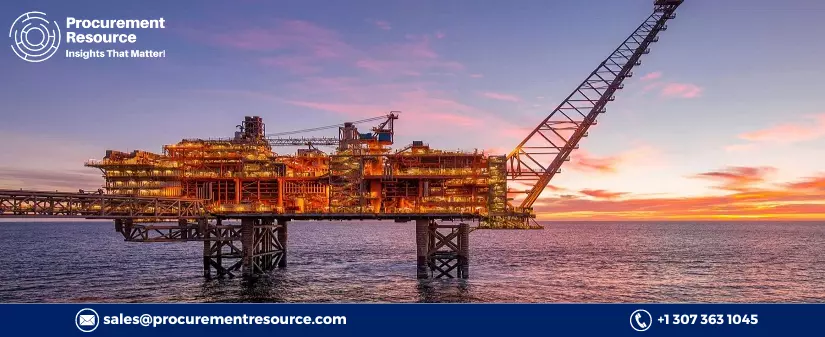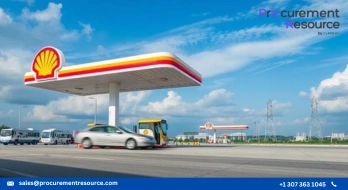Japanese Companies Aim to Collaborate with Woodside Energy to Ramp Up Carbon Capture Opportunities

Japanese companies are ramping up efforts in collaboration with Australia's Woodside Energy to delve into carbon capture and storage (CCS) potentialities, thereby underscoring Tokyo's pursuit of international locations for CO2 storage. The objective is to reach a net-zero greenhouse gas emissions milestone by 2050.
Request Access To The Latest Price Trends of LNG
In a recent development on 7th September, prominent Japanese trading house Sumitomo, gas provider Toho Gas, and shipping corporation K-Line revealed their non-binding preliminary accord with Woodside Energy. This agreement centers on a joint feasibility examination to carve a commercialized CCS conduit between Japan and Australia.
The focus of this joint venture will be the Chubu region in central Japan, considering the feasibility of capturing, stockpiling, and liquefying CO2 emissions from its industrial landscape. The breakthrough technology by Toho Gas—leveraging unexploited LNG cryogenic energy for CO2 separation and capture—is at the zenith of this exploration. An additional dimension is to evaluate the prospect of freightage of CO2 via specialized carriers designed for low-temperature, low-pressure CO2 liquefaction to designated injection and storage locations in Australia.
The all-embracing study also takes into account a plethora of aspects, including evaluation of the volume of capturable carbon dioxide and assessment of the optimum CO2 to be captured. Moreover, the modes of freightage, storage at Australian sites, monitoring systems, regulatory scheme of actions, and dispensed costs in the CCS value chain would also be gauged in the study.
This collaboration follows closely on the heels of a similar arrangement between Japan's utility giant, Kansai Electric Power, and Woodside Energy on 5th September. While Kansai focuses on harnessing CO2 from its thermal power stations and transporting it to Australia, Woodside Energy's remit encompasses the injection, storage, and potential synthesis of methane (e-methane) earmarked for Japan.
Read More About Liquefied Natural Gas Production Cost Reports - Get Free Sample Copy in PDF
These endeavors mirror Japan's strategic approach to CO2 management. With scarce natural resources and an inevitable dependence on fossil fuels, Tokyo is laser-focused on adding 6mn-12mn t/yr of CO2 storage capabilities by 2030, escalating to a substantial 120mn-240mn t/yr by 2050. Given the projections, with up to 70% of its anticipated 240mn t/yr of CO2 emissions in 2050 being storable domestically, Japan acknowledges that international collaborations and CO2 export are unavoidable.
According to the article by Procurement Resource, Japanese companies are bolstering their manoeuvres to forge collaboration with Australia-based Woodside Energy to explore carbon capture largely. Japan is currently on its toes in terms of scrutinizing and maximising the international opportunities to reinforce its objective of net-zero greenhouse gas emissions by 2050.



